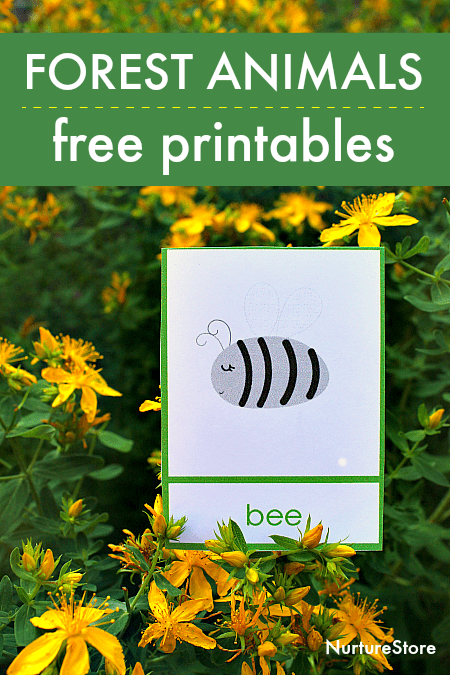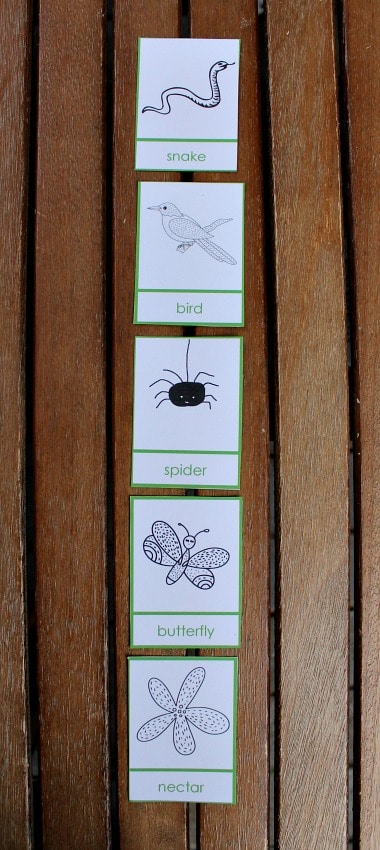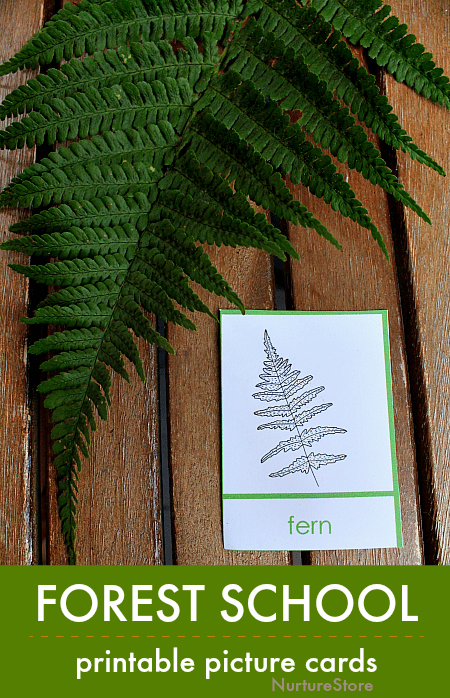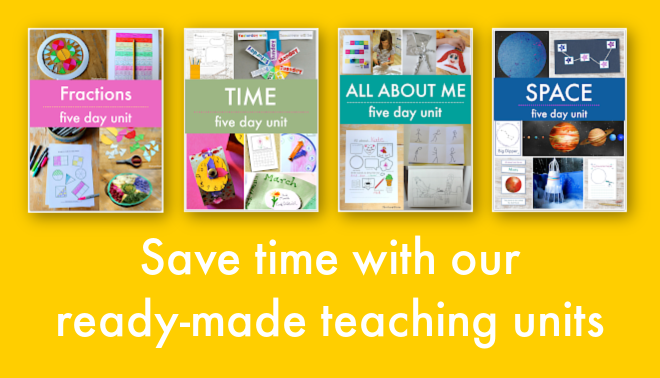In this forest food chain lesson for kids you can teach your children about the forest food web using these printable animal and plant cards.

Forest food chain printable picture cards
In this lesson children can learn:
:: about food webs and food chains
:: how the forest system works as a whole
:: about producers, consumers and decomposers in the forest food web
:: about apex predators
:: examples of food chains in a deciduous forest
:: how the plants and animals they know fit within the forest food chain

Free printable animal and plant cards
I’ve made us a set of printable animal and plant cards which we can use for forest school activities and in our garden classrooms.
The cards feature a range of animals and plants that live in deciduous forests. Each card has a simple drawing of the plant or animal, which your children might like to colour in, and the name of the plant or animal printed underneath.
How to use the forest animal and plant cards
Print out the set on card – see below for detail of how to get yours – and cut them out. You can laminate them if you wish, for extra durability.
You can use the cards as conversation starters at circle time, or use them to play a matching game.
Print two sets of the cards and play Memory.
Choose a selection of the cards and go on a nature walk to see if you can find the plants and animals you’ve picked.
You can also use the card to illustrate a simple forest food chain lesson.

What is a food chain?
A food chain shows how living things eat.
Some animals eat plants, some eat other animals, some eat both.
The food chain shows who eats what.
Each food chain begins with plants and ends with animals.
An example of a simple forest food chain is berries which are eaten by mice.
A food chain can be short, with only two or three plants and animals in the chain, or longer with plants and several animals all linked.
What are some of the plants and animals you know in the forest?
Who eats what?
Do you eat anything that lives in the forest?
What is a food web?
A food web shows all the food chains in an environment.
In a forest there are many individual food chains. We can show all these food chains together by drawing a food web.
Every plant and animal in the forest is connected.
A change to any of the plants and animals in an environment can have a big effect over all.
Can you think of what might make a change to the plants and animals in your forest?
What would happen if all the berries disappeared?
What would happen if all the birds were gone?
What would happen if there were no foxes?
Forest food chain producers
The plants and trees are the producers of the food chain. They use the sun to make food. They use sunlight to turn carbon dioxide from the air into sugars.
The whole food web relies on these producers to make food.
What are the food producers in your forest?
Forest food chain consumers :: primary, secondary, tertiary
Animals can’t make their own food the way plants do. They need to eat something, or someone, else.
These animals are the consumers in the forest food web.
Some animals eat plants. Some eat other animals. Some eat both plants and animals.
Primary consumers eat plants. Insects, rabbits, rodents, and deer are examples of primary consumers.
Secondary consumers are meat-eating (carnivore) animals who eat the plant-eating (herbivore) primary consumers. Foxes, fish, spiders and snakes are examples of secondary consumers.
Tertiary consumers are usually meat-eaters but they might be omnivores who eat both meat and plants. They eat the primary and secondary consumers. An example is an owl.
Who are the consumers who live in your forest?
Forest apex predators
There are some animals, who might be carnivores (eating meat) or omnivores (eating plants and meat), who have no natural predators. No-one in the rest of the food web wants to eat them. They are called apex predators. Bears, hawks, and large snakes can be apex predators.
Are there any apex predators in your forest?
Forest food chain decomposers
Also working hard in the forest are the earthworms, bacteria, fungi, and insects who take care of the dead plants and animals in the forest. They turn the dead plants and animals into new soil. These animals are the decomposers in the food chain.
How to use the forest food chain printables
Have a look at the forest plant and animal cards.
Pick out the ones that are in your forest.
You can provide cards and pencils so your children can draw any other plants and animals they know are in their forest.
Sort the cards into producers and consumers.
Older children might sort the consumers into primary, secondary, and tertiary consumers.
Can you spot any apex consumers?
Use the cards to lay out food chains. You can make several different chains, of various lengths.
Notice how some plants and animals can be in more than one food chain.
Talk about how all the plants and animals in the forest are interconnected.
You might like to talk about how changes to any one population in the food web can have a big effect on the overall forest population. For example, an illness that killed lots of rabbits might result in foxes with not enough to eat. Then, a reduced fox population might allow the rabbit population to grow back to large numbers.
You might like to draw some of the forest food chains in your nature journal.

How to download this printable
To download my free printables, subscribe to my email list. Put your email address in the form below to sign up.
After subscribing, we’ll send you a welcome email which will give you instructions to download the free printables from NurtureStore’s Printable Library.
If you are already subscribed to our email list, check your last email from us and you’ll find a link to NurtureStore’s Free Printables Library at the bottom of the email.
Need more help accessing our printables? Click here.




I just wanted to say how much I love and appreciate your forest craft website; especially at the moment with Covid 19 and being 24/7 with the little one. We live in Scotland and love to be out and about in the woods or down the river. Your posts and free printables are brilliant. Ideas and learning opportunities I just never thought of before I stumbled across your site.
Thank you so much from both of us.
Thank you so much for that lovely feedback Maggie. It sounds like you have a wonderful outdoor classroom.